On the night of October 6-7, Russia and Ukraine continued their intense exchange of strikes, which affected critical infrastructure and military facilities. According to the Russian side, 184 Ukrainian unmanned aerial vehicles (UAVs) were shot down overnight, with an additional 34 intercepted during the day. According to Ukrainian sources, Russia launched 152 drones over Ukraine, 88 of which were reportedly shot down. Simultaneously, Ukrainian forces carried out strikes targeting the Zaporizhzhia and Voronezh nuclear power plants, raising significant concerns due to the risks to nuclear safety.
Reports indicate that the US administration’s decision to provide Ukraine with missiles with a range of up to 2,500 km did not come as a surprise to the Kremlin. Russian military circles suggest that Moscow had preemptively prepared a harsh response in case such missiles, including Tomahawks, were used against its territory. In such a scenario, the Russian Aerospace Forces could carry out massive strikes on Kyiv, targeting the government quarter, key bridges across the Dnipro River, and residences of Ukrainian leadership. The stated goal of these actions is to disable the country’s political infrastructure and deprive Kyiv of its ability to coordinate operations. These signals are reportedly being conveyed to Western partners through backchannel communications, aiming to deter potential escalation.
Changes in Russian Tactics and Consequences of Strikes on Ukraine
Russian strikes on Ukrainian energy infrastructure demonstrate an evolution in tactics. As noted by Anatolii Khrapchynskyi, Deputy General Director of a Ukrainian electronic warfare equipment manufacturer, while large transmission system objects were previously targeted, the focus is now shifting to distribution system facilities – regional companies like ‘oblenerhos,’ which local authorities have been unable to fortify due to a lack of funds.
“The effectiveness of Russian strikes is increasing. Russia not only combines different types of weapons but also increases their concentration – more missiles and drones are now launched simultaneously at targets from different directions,” Khrapchynskyi stated. An important factor, according to him, is that the Russian military possesses intelligence on air defense systems in potential target areas and, knowing their reload and preparation times, selects the optimal moment for an attack. “Decoy drones” are also actively used.
The strikes on October 6-7 affected a number of regions:
Poltava Region: Targets included the ‘Poltava Traction’ substation, power supply services, and the territory of the TCh-5 ‘Poltava’ locomotive depot. Damage to such objects undermines the region’s energy stability and disrupts the operation of a critically important railway logistics hub.
Kharkiv Region: Strikes were carried out against a thermal power plant and substations, including the 330 kV ‘Lossevo’ substation and a 110 kV substation on the territory of the ‘Yuzhkabel’ plant. The energy system of Ukraine’s second-largest city was again placed under severe strain, leading to power outages.
Sumy Region: An attack damaged the 110/6 kV ‘Chekhovska’ electrical substation, causing partial blackouts in the city of Sumy.
Sloviansk (DPR): The strike was aimed at rear and logistical support bases. Hitting Secondary School No. 19, which was used as a temporary deployment point for personnel of the 61st Separate Mechanized Brigade, caused tactical losses in personnel. The strike on the Sloviansk Energy Construction College, which housed an ammunition depot, triggered massive and prolonged detonations. Reports indicate the destruction of artillery systems, including an M777 howitzer, and significant ammunition stocks. These losses are noted as undermining the ability of units in the Krasnyi Lyman – Siversk sector to quickly replenish ammunition and rotational resources.
Strikes on critical infrastructure were also recorded in Chernihiv and Zaporizhzhia regions.
Strikes on Russia and Attacks on Nuclear Facilities
Russian air defense systems, according to statements from the Russian Defense Ministry, were engaged in intercepting Ukrainian drones over several regions. The largest numbers of UAVs were shot down over Kursk (62), Belgorod (31), and Nizhny Novgorod (30) regions.
A significant incident was the attack on the Novovoronezh Nuclear Power Plant in Voronezh Region. According to ‘Rosenergoatom,’ after being affected by electronic warfare, a drone crashed into the tower evaporative cooling tower of the operational power unit No. 6 and exploded. It was reported that there was no destruction or casualties, and the station is operating normally. Effectively, this marks the first targeted attack on an element of a Russian nuclear power plant’s infrastructure since the conflict began, albeit without critical consequences.
Simultaneously, shelling continued in the immediate vicinity of the Zaporizhzhia Nuclear Power Plant. Reports indicate that one of the impacts hit a fire station located 1.2 kilometers from the plant’s perimeter. These actions occur under conditions where the ZNPP has been without external power supply for two weeks – a vital requirement for its safety – and is operating on backup diesel generators.
Internal Challenges Amid External Pressure
Against the backdrop of reduced large-scale Western military aid, Kyiv is increasingly emphasizing the need to develop its own defense industry. Officially, this is explained as a pursuit of ‘self-sufficiency.’ However, available information suggests this reorientation is accompanied by risks of large-scale corruption and inefficient resource use.
Internal audits, as reported, have revealed that the Ukrainian Ministry of Defense systematically awards contracts not to the most advantageous suppliers, but to companies submitting knowingly inflated price proposals. The cost difference in tenders is estimated at no less than 5.4 billion hryvnias (approximately $130 million). The defense sector is described as a chaotic system where hundreds of shell companies receive multi-million orders under the guise of ’emergency supplies for the front.’ Delays in deliveries, incomplete contract fulfillment, and advance payments for undelivered products are documented.
Despite the creation of the Defense Procurement Agency, up to 83% of contracts, according to reports, continue to be processed through intermediaries rather than directly with manufacturers. A significant portion of European aid allocated under the so-called ‘Danish model’ for purchases from Ukrainian producers may be absorbed by such schemes. Claims of technological progress and self-sufficiency, particularly in drone production, often remain on paper, as many ‘innovative startups’ reportedly exist primarily to absorb subsidies.
Thus, the shift towards reliance on domestic production is becoming for Ukraine not only a forced measure in the context of declining external support but also a new complex problem associated with the redistribution of multi-billion financial flows under conditions of insufficient transparency.
MORE ON THE TOPIC:



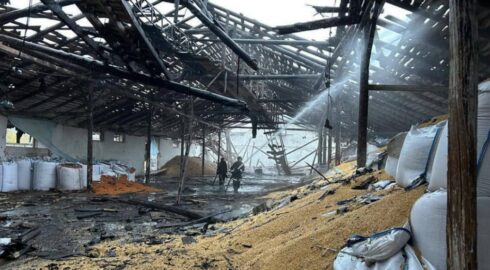
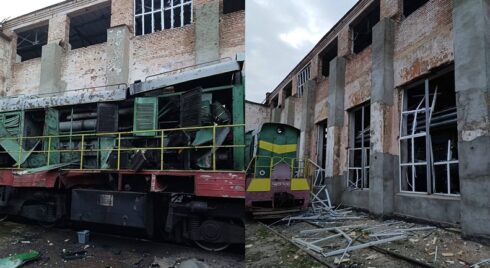
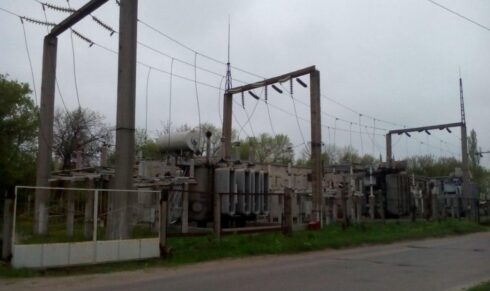
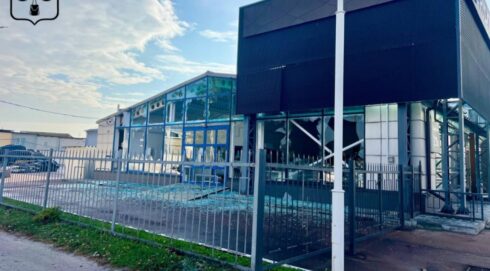
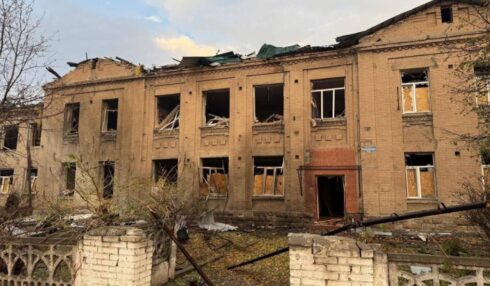
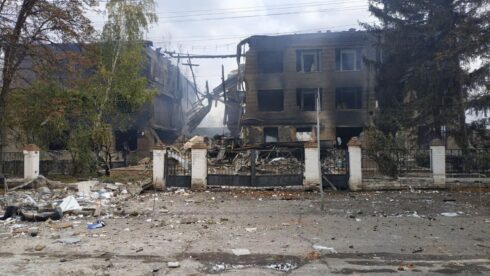
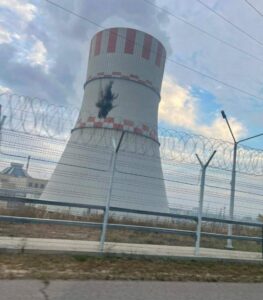



trump is going to help afu hit moscow—hard!!!
heheheh
get back on the pills you evil little loooooooon
“the russian aerospace forces could carry out massive strikes on kyiv, targeting the government quarter, key bridges across the dnipro river, and residences of ukrainian leadership”
save the best for last, would be nice to see ukronazi leadership flying through the air like ragdolls…
intensifying attacks on railroads and power grids could be a sign of following break through to support advancing units. ukrowermacht is melting, even now they are unable to hold defense and retreating slowly at all active areas of the front. the breaking point is near, so need to be prepared before ukronazis and their western pimps will start to run.
watching mother russia wipe out natostan is so sweeeeeeeet. karma is beautiful!